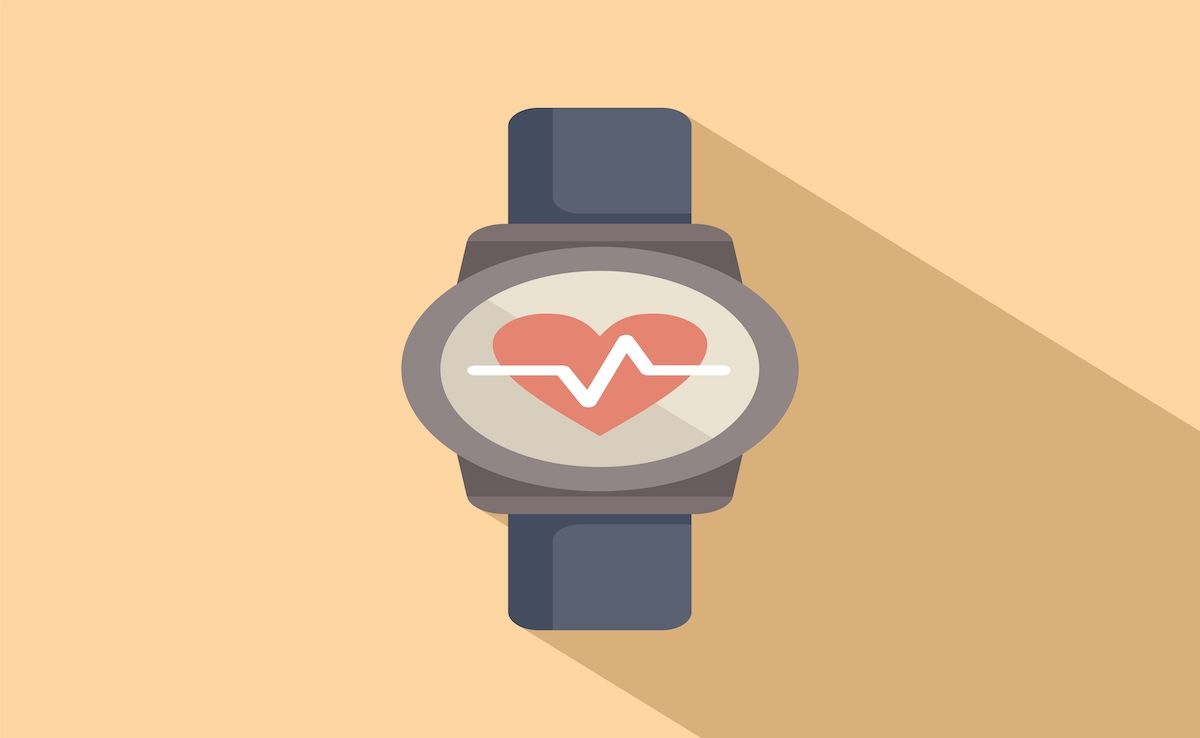News
Article
Optimizing Pulmonary Hypertension Treatment With Digital Twin Models
Author(s):
Digital twin technology could personalize treatment for pulmonary hypertension, according to a recent study.
A new perspective article published in Pulmonary Circulation explores the potential of using digital twin technology to enhance patient-specific care.1 A detailed review of existing computational models is presented, and a roadmap is laid for integrating these models to create personalized treatment plans for patients with pulmonary hypertension (PH).
The concept of a digital twin involves creating a virtual model of a patient that can be used to simulate and predict the progression of disease and the effects of various treatments. The authors provide a comprehensive review of computational modeling work done at various scales relevant to PH, including at the intracellular, intercellular, and physiological levels, as well as how these models can be integrated to create a more complete digital twin of PH.
The concept of a digital twin involves creating a virtual model of a patient that can be used to simulate and predict the progression of disease and the effects of various treatments. | Image Credit: © ipopba - stock.adobe.com

Leveraging knowledge across these scales is essential in developing an efficient digital twin. "The most efficient way of accomplishing this is through computational modeling that provides a principled way to integrate data at the different scales," the study notes. Through intracellular modeling, genomic data can be used to predict outcomes and develop personalized treatment plans based on the patient's specific genetic and molecular profile. The next scale of mathematical modeling relevant to forming a digital twin is at this intercellular level. This provides insights into how different cell types interact within the pulmonary vasculature, leading to a better understanding and treatment of complex PH.
Organismal modeling allows for comprehensive simulations of how the entire cardiovascular and pulmonary systems respond to conditions like chronic thromboembolic PH, aiding in predicting patient outcomes and optimizing pharmacological interventions. The authors state, "Constructing digital twins of the disease, customized to a patient, promises to be a key technology for personalized medicine, with the aim of optimizing use of existing treatments and developing novel interventions, such as new drugs."
An important part of personalizing these models to individual patients is the ability to continuously update the model as the patient's condition changes.2 This includes noninvasive monitoring techniques, such as wrist actigraphy, to provide continuous patient data for maintaining and updating the digital twin models."One of the characteristics of a digital twin, as opposed to simply a model, is that this personalized model can be recalibrated periodically, as the patient's condition changes, and is up to date in its predictions," the authors note.1
Digital twins can also be used to conduct in silico clinical trials, which could significantly reduce the time and cost associated with traditional clinical trials. "If digital twins for everyone existed, all could run in silico trials using the digital twins. This would be the goal for all registered PH patients, a true precision medicine approach to drug discovery and testing," the study asserts.
The authors propose specific research priorities to facilitate the development of digital twins. First, regular patient monitoring must be available in order for the model to be used to reduce unplanned doctor visits. Second, learning and validating cohort databases to refine initial cross‐sectional patient endophenotyping should be developed as a starting point, preferably based on actual patient data. Lastly, there should be an inference into the model for stochastic or unexpected occurrences, ranging from unanticipated trauma to more predictable dietary indiscretion.
Despite the many challenges to developing a digital twin, there are already successful examples of medical digital twins in use today. For example, HeartFlow provides sophisticated, personalized 3‐dimensional images of cardiac blood vessels used for surgical planning.3 Another example is artificial intelligence–based digital twins are being used to design optimal treatment approaches using cancer genetics in a reference population.4
The authors conclude that, “PH is thus uniquely well‐suited to the digital twin paradigm, given the large amount of existing data on a wide range of variables contributing to disease: from cellular‐molecular signaling to hemodynamic flow patterns, clinical imaging, as well as functional clinical outcomes.”1
References
- Walker M, Moore H, Ataya A, et al. A perfectly imperfect engine: utilizing the digital twin paradigm in pulmonary hypertension. Pulm Circ. 2024;14(2). doi:10.1002/pul2.12392
- Howard LS, Rosenkranz S, Frantz RP, et al. Assessing daily life physical activity by actigraphy in pulmonary arterial hypertension: insights from the randomized controlled study with selexipag (TRACE). Chest. 2023;163(2):407-418. doi:10.1016/j.chest.2022.08.2231
- Driessen RS, Danad I, Stuijfzand WJ, et al. Comparison of coronary computed tomography angiography, fractional flow reserve, and perfusion imaging for ischemia diagnosis. J Am Coll Cardiol. 2019;73(2):161-173. doi:10.1016/j.jacc.2018.10.056
- Hasan ME, Mostafa F, Hossain MS, Loftin J. Machine-learning classification models to predict liver cancer with explainable AI to discover associated genes. Applied Math. 2023;3(2):417-445. doi:10.3390/appliedmath3020022





